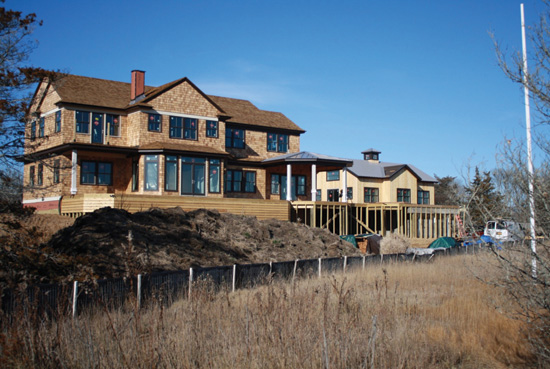The Science Behind Building Envelope Design in Framed Wall Assemblies
Learning Objectives:
- Identify and recognize the characteristics of different types of framed wall construction related to thermal, moisture, and air control.
- Investigate the types of exterior wall issues and failures that need to be overcome in order for walls to perform as intended.
- Assess the options available to design exterior framed walls that can control heat transfer, moisture, air infiltration, and mold prevention.
- Design wall assemblies and specify products that can be used in a variety of building types to meet green building standards and code requirements.
Credits:
Constructing exterior walls using framing systems, whether metal or wood, continues to be a very common and popular technique across the United States. Materials that are readily available and construction methods that have been well understood for decades allow lightweight walls to be easily constructed in residential, commercial, and even industrial buildings. However, exterior framed walls are an important part of the building envelope and if they are not designed and installed to address all of the forces at play in them, serious problems can arise. Breaches in thermal insulation, air barriers, or vapor/water barriers can cause water, air, and moisture to penetrate the wall system, causing deterioration. Further, if the conditions are right, then mold can form which has been widely identified as a health hazard. In severe cases, structural failure can occur. Hence, design professionals must address framed exterior walls as part of the larger building envelope. They also need to have knowledge of some of the science behind exterior framed walls, particularly how materials will integrate and perform in a given wall assembly. Through an informed design process and discriminating product selection, architects and other professionals can then produce effective, functional, and long-lasting exterior framed walls, avoiding the problems of poor wall design.
Framed Exterior Walls Overview
At the most basic level, exterior framed walls are part of the building envelope that define the boundary between inside and outside. Inside, buildings contain conditioned space, meaning that the air is heated, cooled, or at least filtered. Outside, the weather and other environmental conditions dominate. The wall provides the separation between the two. The opaque wall areas provide the full degree of separation while openings (e.g. doors, windows, etc.) are used to allow passage of people, air, light, etc. as needed or desired.

Photo courtesy of CertainTeed Insulation and Sunset Green Home, Southampton, New York
Framed wall construction has been commonly used in a variety of locations and climates and needs to address multiple factors related to building science.










